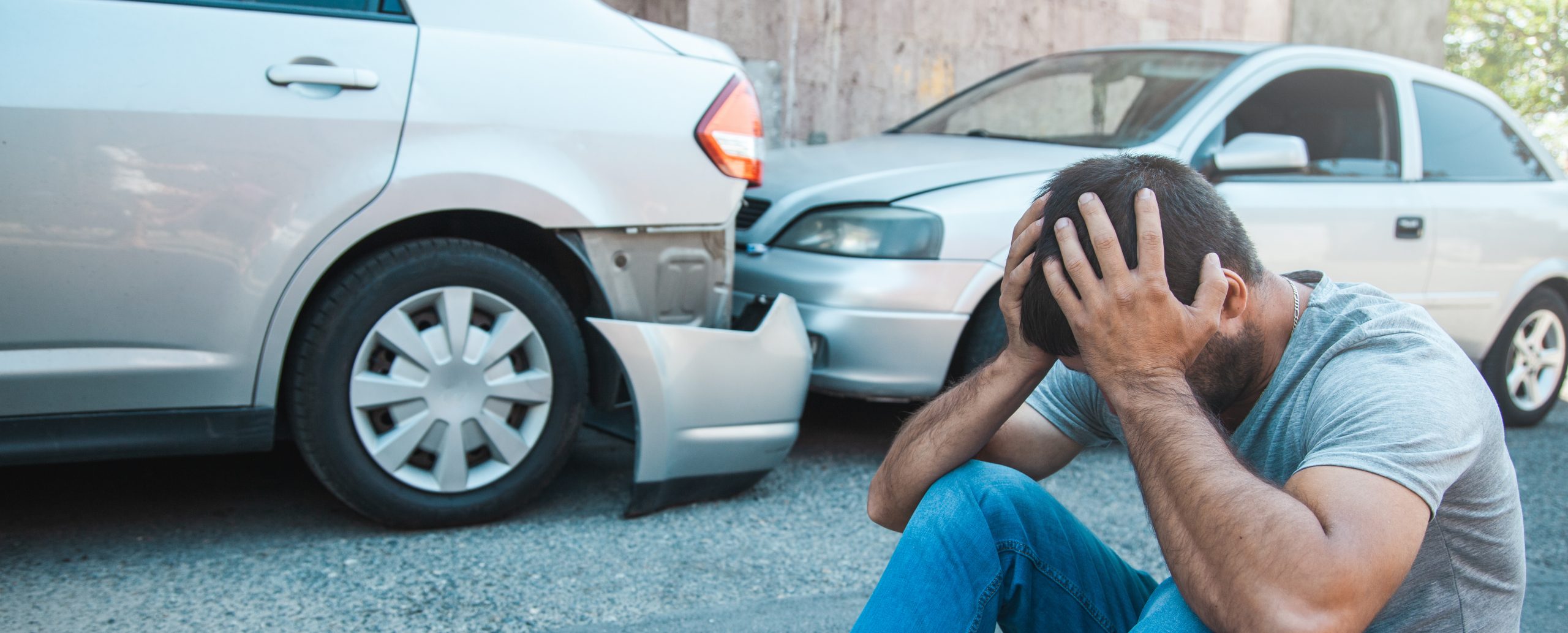Now Reading: Fashion Modeling Laws in India: Is everything that is Brimming with Glitz and Glamour truly an epitome of Gold?
-
01
Fashion Modeling Laws in India: Is everything that is Brimming with Glitz and Glamour truly an epitome of Gold?

Fashion Modeling Laws in India: Is everything that is Brimming with Glitz and Glamour truly an epitome of Gold?
LEGAL RELEVANCE OF FASHION MODELING LAW IN INDIA:
• Equal Remuneration Act:
The Act had been enacted to ensure that the salary paid to men and women is the same without any discrimination despite the performance of the work taking place at places different than the prescribed workplace. As per this Act, no discrimination shall be made against a woman in terms of recruitment, promotion, training, or transfer unless such employment of the woman faces a prohibition or restriction by law.
The principle of paying equally for equal work having equal value gained recognition in the ILO Constitution of 1919, and the ILO Convention on Equal Remuneration 1951, that has been further bestowed upon us by the Indian Constitution under Articles 14 and 15.
But the dampening picture being that despite gaining impetus this issue still prevails and the women performers remain un-championed thereby affecting the industry at large.
• Maternity Benefits Act 1961
The aforesaid act came into the picture for regulating women’s employment into the establishment for a particular time before the birth and after the birth of the child for providing benefit in terms of maternity and others.
Likewise, as per the ILO conventions provisions, a woman absent from work because of pregnancy cannot face a dismissal until the absence is not related to the concerned pregnancy as specified under section 12(1). Also, as per section 9, she has an entitlement to leave during miscarriage while according to section 9A, due to illness related to pregnancy. As per section 11, she is entitled to nursing breaks while no deductions in the payment to be made for the breaks or light nature of work to be given to her as per section 4(3).
• Sexual Harassment at Work Place (Prevention, Prohibition and Redressal) Act, 2013
The Sexual Harassment at Workplace Act of 2013, being a female-oriented piece of work has been enacted to provide a safe and secure environment that is devoid of hostility at the workplace.
Often women as well as models are ignorant about their existing rights and choose to be numb over a lot of wrong things being done due to the fear of getting fired. At the same
time, such harassment tends to leave not only footprints in the victim’s mind but also tarnishes the goodwill and reputation of the industry as well as the company.
During the ILO Conference 1985, a resolution to this regard has been adopted that stated that harassment occurring at workplace against women is fatal for working conditions of the employee, conditions of working, the work as well as promotions, hence the policies for advancing equality should be inclusive of measures for combating and preventing harassment of women sexually at workplaces.
The High Court of Delhi, in the case of Dr. Punita K. Sodhi v. Union of India & Ors., held that the view concerning sexual harassment is a matter of subjective experience, and hence a full understanding of the opinion of the complainant is needed along with the analysing of men and women’s perspective.
Article 21A of the Constitution of India states that every person has the right to life and personal liberty and that is beyond any animal existence. Similarly, in terms of a woman who is accused and has to undergo a medical procedure, such a procedure can only take place by another woman or in her presence. For ensuring the privacy of the woman who had faced a sexual assault, recording of her statements can take place in front of the district magistrate during the trial or in front of a police officer who is female.
Nonetheless, a model like any other woman has the right to seek free legal aid or help from the LSA for arranging a lawyer. A woman cannot be arrested before and after sunset unless under exceptional circumstance by first class magistrate’s order. Police can only interrogate a woman at her place in the presence of a constable who is a woman herself and her family members/ friends. Right of registering a virtual complaint through email is available to a woman.
• The Indecent Representation of Women (Prohibition) Act 1986
The most important Act, from the perceptive of a modeling industry is the Indecent Representation of Women (Prohibition) Act, that helps in the prevention of representing a woman inadequately through ads, publications, writings, paintings, figures or in any other manner.
A model has to look, walk, and talk in terms of glamour thereby becoming victims of stalking. In India, as per Sec 354D of the IPC, making stalking a punishable offense.
For saving the time of the victim and to ensure that the offender does not move around like a free bird, women have been bestowed with the right to file a zero FIR, which implies about such an FIR which is different from the quintessential FIR wherein filing of the FIR can take place at any police station whereby the incident had taken place or upon a particular jurisdiction under which it falls and later could be moved to the concerned police station under whose jurisdiction the case comes under.
The Immoral Traffic (Prevention) Act, 1986 aims at the protection of the woman from trafficking and prostitution.
The Medical Termination of Pregnancy Act, 1971 thereby permits the terminating of pregnancy in certain cases based upon humanitarian and medical grounds by doctors who are registered.
Since the last two decades, the modeling industry in India had gained immense recognition and witnessed a boom. Manjima Bhattacharya, had penned down her thoughts regarding the industry and models in her book, Mannequin: Young Working Women in India’s Glamour Industry, while looking beyond the glamour and glitz and examining the toil and turmoil faced by the ladies walking the ramp.
A model is perceived as someone who is dolled and decked up day and night while walking down the ramp donning the high-end designer garments and catwalk poses. None tend to look deeper and peep into the odd work timings, the socializing and networking skills they have to build up for earning their bread, the exhausting diet charts, the anorexia, the extra toil of looking a certain way all the times.
Hence, when these models become vocal about their needs, about being paid on a timely basis, contracts, redressing harassment in every way, they face avoidance and ignorance. People tend to turn a deaf ear to their yearnings as the work of a model is considered as “too inconsiderate’ and not a “real-time work” in the first instance. At times they are also perceived as women who are easy-going along with the questionable character.
The reason why the book named ‘Mannequin’ is given a special status in this article is to throw light upon the notion that how often women in this industry are treated no less than clotheshorses. In this book, the writer narrates a story wherein a model describes how she got hurt by a pin while trying the fitting of an outfit. Despite her getting hurt and bleeding profusely, the only thing the designer as well as the people around was concerned about was the dress not getting stained or ruined instead of asking about her well-being.
This triggered the writer that made her realize that often, a model is not perceived as a human being but a mere mannequin.
If you are looking to make a career in fashion law, then have a look at perfect Fashion Law courses offered as short-term certificate and diploma programme taught by experts in the industry, take Fashion Law Journal and Legal Desire courses on Fashion Law, To know more about course modules, detailed information and registration, Click Here or visit: www.legaldesire.com/fashionlaw
LEGAL PERSPECTIVE FROM OTHER COUNTRIES:
As per the New York Labor Law Section 511, the classification of the model is that of an employee for unemployment insurance.
Likewise, in France, they are considered to be both employees for the physical work done by them as well as independent contractors revolving around the image usage, thereby entering into 2 different types of agreement with the agency.
As per the law in the UK, modeling in the runaway can be termed as a ‘dramatic performance’ -Section 180(2)(a) of the Copyright, Designs and Patents Act, 1988.
This implies that the term’ dramatic’ implies a ‘work of action’, ‘capable of performance’ which is inclusive of action, performance, holding unity from the artistic and dramatic point of view with being left to no chance or randomness. Runway modeling can be ‘any other presentation’ as per Section 180(2)(d) of the CDPA 1988.
Similarly, if perceived from the Clause (d) of Section 180(2) of the CDPA specifying the list of performances that could be protected under UK law with the following category which mentions a performance of a variety act or any similar presentation’.
As per the 1961 Rome Convention, Article 3(b) 1996 WPPT, Article 2(b), a runaway in the modeling industry is an interpretation of ‘work’.
In France, the models shall have to furnish their medical certificate to prove they are healthy for working followed by a new law that banned those who were thin to an excessive level.
A law had been passed by France, banning those agencies who worked with a model having a BMI less than eighteen. A ruling law had been by The New York State for treating the women who are in the modeling industry and below the age of eighteen as child performers thereby falling into the category of having restricted concerning working hours followed by curfews of school-night while being under the strict supervision of the adult.
Various researches have highlighted that, to do away with hunger and cravings, models often eat tissues or cotton balls and sometimes even follow the path of starvation. There have been instances where models while walking the ramp have collapsed or died. Too much thinning to the point of being detected with anorexia has become a hot topic of debate for scholars and researchers or rather a controversy to be precise. As indicated by the WHO’s standard, the average global model who runs the ramp has a body mass index that is below 16- indicating starvation.
This issue is not only secluded to their physical appearance but further extended to the standard of living of these models which deserves a segment to be debated on. The apartment in which they are put to live is no less than prisons followed by many heinous incidents taking place where models are drugged without their consent and secretly being sexually filmed and raped on camera.
An image campaign of Saint Laurent faced a ban by an advertising watchdog for featuring a model that had been “unhealthily underweight”.
With so many laws being enacted and in effect accompanied by the guidelines from various government, the monumental challenge in terms of protection and safety of the rights of the models is steadily attaining awareness all around the world.
– Authored by Sanjana Chakraborty










